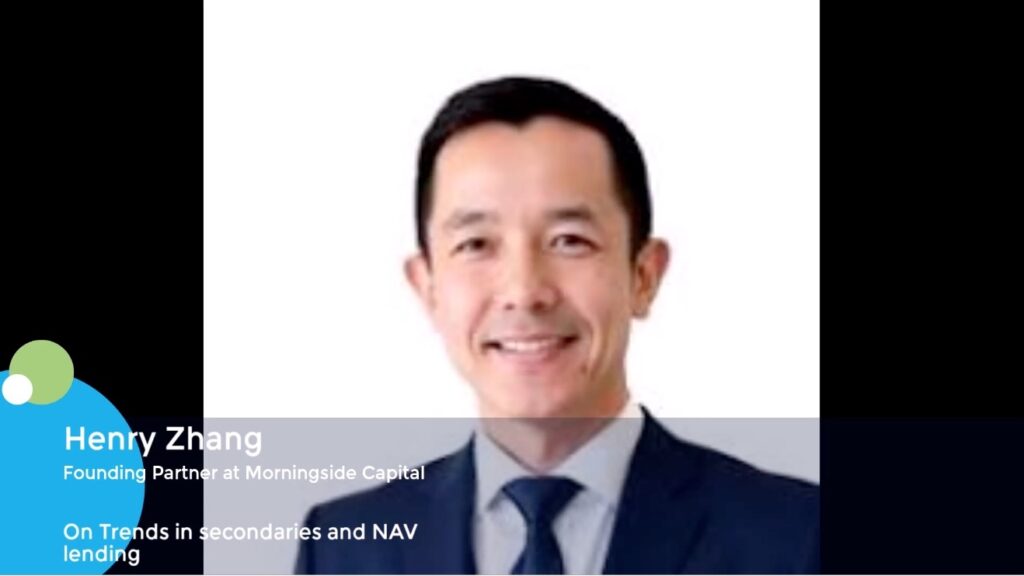K-beauty dazzles on M&A stage as investors cheer Korea mania – Dealspeak APAC
The global consumer craze for South Korean culture has made its way into the M&A world, with strategic buyers and private equity (PE) players snapping up prime K-beauty brands and eyeing more deals.
“We are seeing unprecedented global demand for Korean culture, spanning K-beauty to K-food, K-pop to K-drama and movies,” says Eugene Cook, head of Korea at Blackstone Private Equity. The firm this year executed its first major hair salon deal in the country with its investment in JUNO.
“K-beauty has become an important part of global consumers’ daily personal care and beauty regimen, with the universe of products and services becoming increasingly diverse and accessible,” Cook adds.
Korean beauty-themed M&A hit a post-COVID record this year, chalking up 26 deals worth USD 1.8bn and expanding beyond the traditional cosmetics sector, according to Mergermarket data.

Four of the top 10 largest year-to-date (YTD) transactions of the past five years have occurred in 2025 YTD.
These include the approximately KRW 600bn (USD 432m) July acquisition of cosmetics company Seorin by beauty unicorn Goodai Global from Carlybs Capital and Meritz Securities Co.
Then, in September, Blackstone acquired a stake of around 70% in JUNO, as mentioned above, for a reported USD 286.9m.
Both transactions are meaningful in their own right – and reflect how strategics and global PE firms are viewing M&A in the Korean beauty industry.
Cook says the hair care segment is particularly attractive for investment, as it is under-penetrated and highly resilient.
That high conviction in hair care was just one of the reasons Blackstone invested in JUNO. The firm’s 40-plus-year track record, credentials as the largest premium care franchise in the country, and the advent of K-beauty as an investment theme were all drivers behind the PE firm’s investment rationale, says Cook.
Beauty grows up
Meanwhile, the Goodai-Seorin deal reflects another theme: consolidation.
Korean conglomerates are increasingly looking at K-beauty brands for their growth potential, as well as global expansion possibilities into markets such as North America.
Some firms are also keen to establish themselves as consolidators of Korean Indie brands to build a larger Korean thematic beauty story, says Tom Barsha, Bank of America’s head of Asia-Pacific M&A and co-head of Asia-Pacific investment banking coverage.
The Goodai-Seorin deal is a classic example of the consolidation trend.
In addition to Seorin, Goodai has made multiple acquisitions over the years, including Beauty of Joseon, TIRTIR, House of Hur, and Laka Cosmetics, as well as Craver Corporation, a Korean beauty wholesale and marketing advisory firm.
Indeed, more M&A, including cross-border moves, may be on the horizon. Goodai’s founder and CEO, Chun Joo-hyuk, said in September that while the company was considering M&A involving independent beauty brands in the US, Europe and Japan, it will view Korea deals cautiously as the domestic cosmetics industry is already highly valued.
Korea hosts over 30,000 cosmetics brands, with exports hitting a record USD 5.51bn in 1H25, up 14.8% year-on-year (YoY), according to data from the country’s Ministry of Trade, Industry and Energy.

On a roll
Valuations are being closely watched by industry experts as an indication of whether the excitement around K-beauty assets is sustainable.
Strategic interest in K-beauty appears set to stay, but PE firms have also accelerated M&A in the segment because of the perceived attractive underlying growth and the opportunity to scale and build local brands globally. There have been four PE deals so far this year – the second-highest figure since 2020, according to Mergermarket.
These include Blackstone’s JUNO deal, Korean PE firm KL & Partners’ majority stake purchase in Kosdaq-listed cosmetics company Manyo Factory Co, the sale of GDK Cosmetics by PE investors, and Well to Sea Investment’s USD 96m acquisition of cosmetics original development maker and original equipment maker (ODM/OEM) Ancors.
In related business, KKR made a KRW 733bn (USD 528m) swoop for cosmetics packaging maker Samhwa from TPG in September.
PE firms have also been showing a track record of monetising investments at attractive returns, with market watchers saying the firms are holding K-beauty assets for a relatively short period compared with other assets to ride on their rapid growth and make quicker returns.
The performance of public K-beauty stocks hints at their valuation trajectory. Shares of beauty device company APR Co. have rocketed a remarkable 336% this year, while Cosmax, a cosmetics ODM and design maker that counts GIC among its shareholders, has gained 34%.
Given this rapid growth in the market capitalisations of some firms, an IPO over a trade sale could potentially become a more attractive exit option in future.
But whether the bullish streak is sustainable remains a key question, with some anticipating a repricing of the sector going forward.
“Valuations in the sector will evolve over time, and the blockbuster returns sponsors have seen may naturally normalise,” opines Barsha. “That said, there’s still a lot of interest in these brands, and we see a continued positive outlook for M&A activity in the sector.”
Potential targets include vegan cosmetics maker Trendmaker, while numerous PE beauty portfolios are maturing for exit, as recently reported by this news service.










